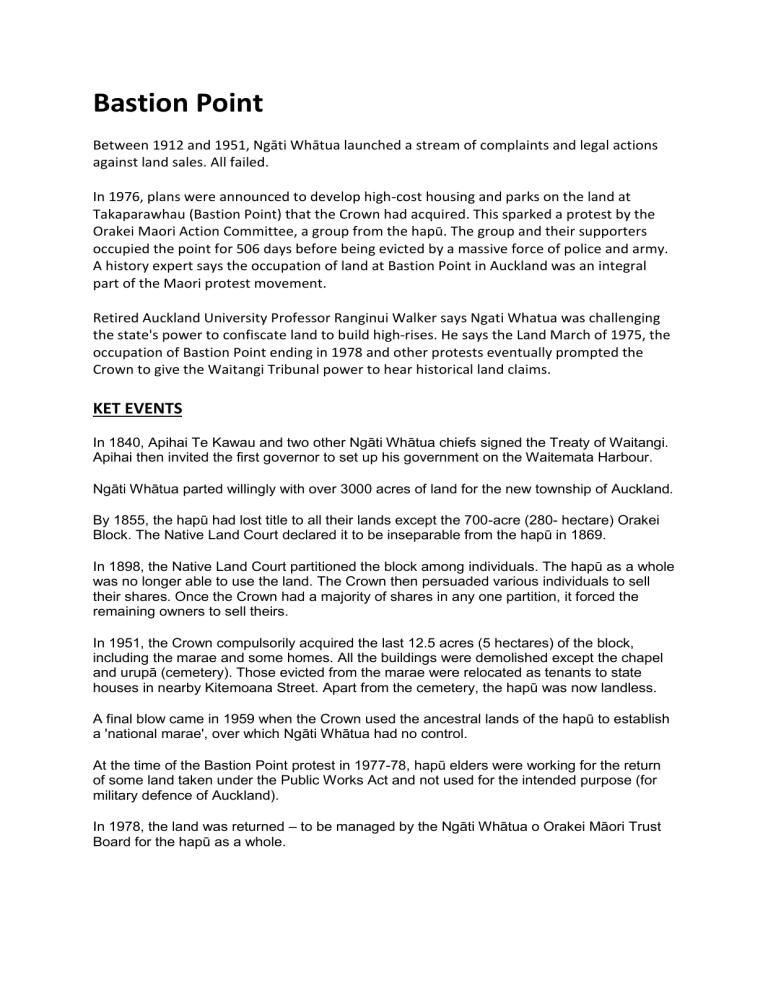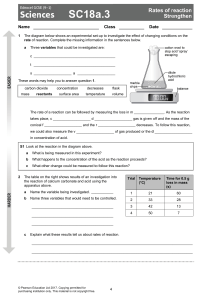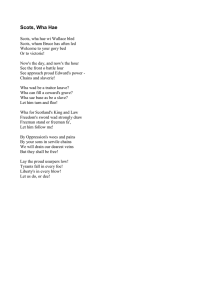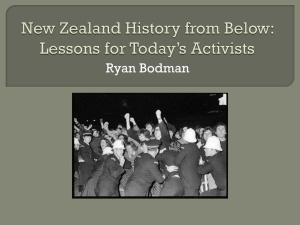
Bastion Point Between 1912 and 1951, Ngāti Whātua launched a stream of complaints and legal actions against land sales. All failed. In 1976, plans were announced to develop high-cost housing and parks on the land at Takaparawhau (Bastion Point) that the Crown had acquired. This sparked a protest by the Orakei Maori Action Committee, a group from the hapū . The group and their supporters occupied the point for 506 days before being evicted by a massive force of police and army. A history expert says the occupation of land at Bastion Point in Auckland was an integral part of the Maori protest movement. Retired Auckland University Professor Ranginui Walker says Ngati Whatua was challenging the state's power to confiscate land to build high-rises. He says the Land March of 1975, the occupation of Bastion Point ending in 1978 and other protests eventually prompted the Crown to give the Waitangi Tribunal power to hear historical land claims. KET EVENTS In 1840, Apihai Te Kawau and two other Ngāti Whātua chiefs signed the Treaty of Waitangi. Apihai then invited the first governor to set up his government on the Waitemata Harbour. Ngāti Whātua parted willingly with over 3000 acres of land for the new township of Auckland. By 1855, the hapū had lost title to all their lands except the 700-acre (280- hectare) Orakei Block. The Native Land Court declared it to be inseparable from the hapū in 1869. In 1898, the Native Land Court partitioned the block among individuals. The hapū as a whole was no longer able to use the land. The Crown then persuaded various individuals to sell their shares. Once the Crown had a majority of shares in any one partition, it forced the remaining owners to sell theirs. In 1951, the Crown compulsorily acquired the last 12.5 acres (5 hectares) of the block, including the marae and some homes. All the buildings were demolished except the chapel and urupā (cemetery). Those evicted from the marae were relocated as tenants to state houses in nearby Kitemoana Street. Apart from the cemetery, the hapū was now landless. A final blow came in 1959 when the Crown used the ancestral lands of the hapū to establish a 'national marae', over which Ngāti Whātua had no control. At the time of the Bastion Point protest in 1977-78, hapū elders were working for the return of some land taken under the Public Works Act and not used for the intended purpose (for military defence of Auckland). In 1978, the land was returned – to be managed by the Ngāti Whātua o Orakei Māori Trust Board for the hapū as a whole. In 1986, Ngāti Whātua lodged a claim to the Waitangi Tribunal concerning the break-up of the 700-acre Orakei Block. In its 1987 report, the Tribunal found that the Crown had failed to protect the rights and property of the hapū, as promised in the Treaty. The government paid $3 million to the hapū. Bastion Point along with the Okahu Bay reserve and beach has been returned to the hapū – some for its communal facilities, some that could be used for new development.



